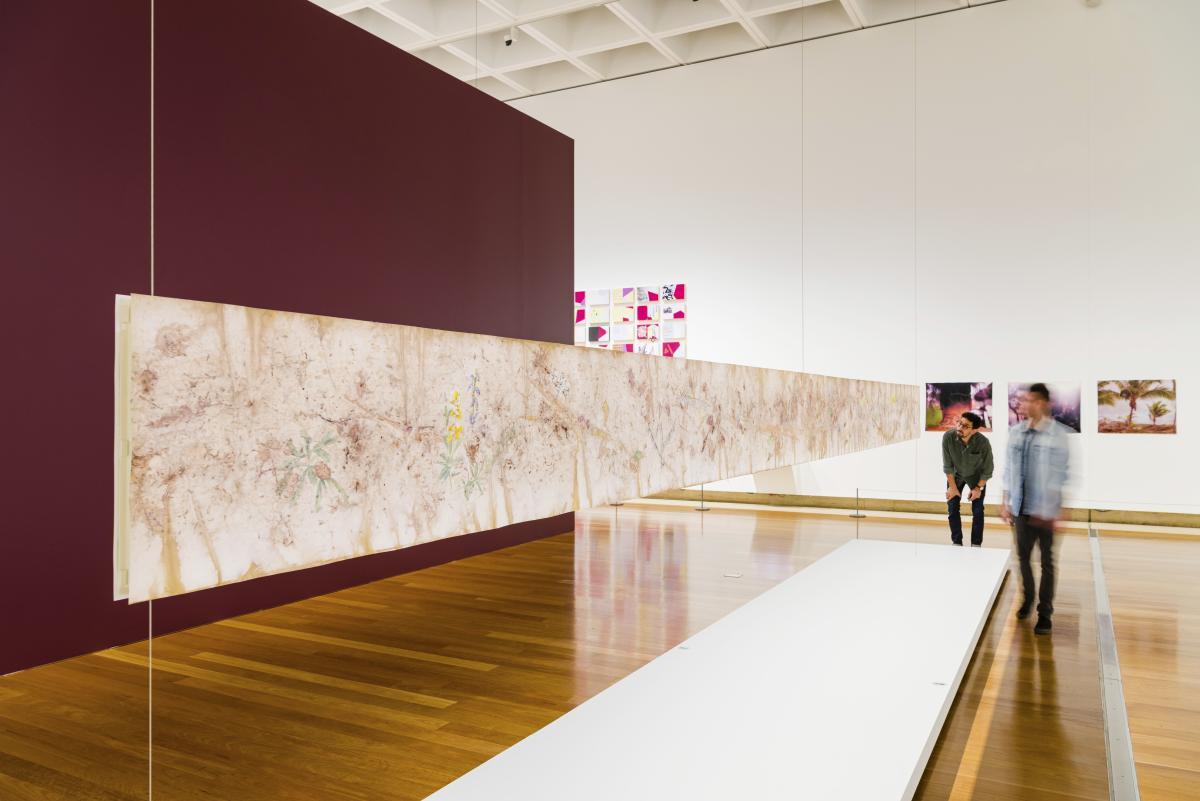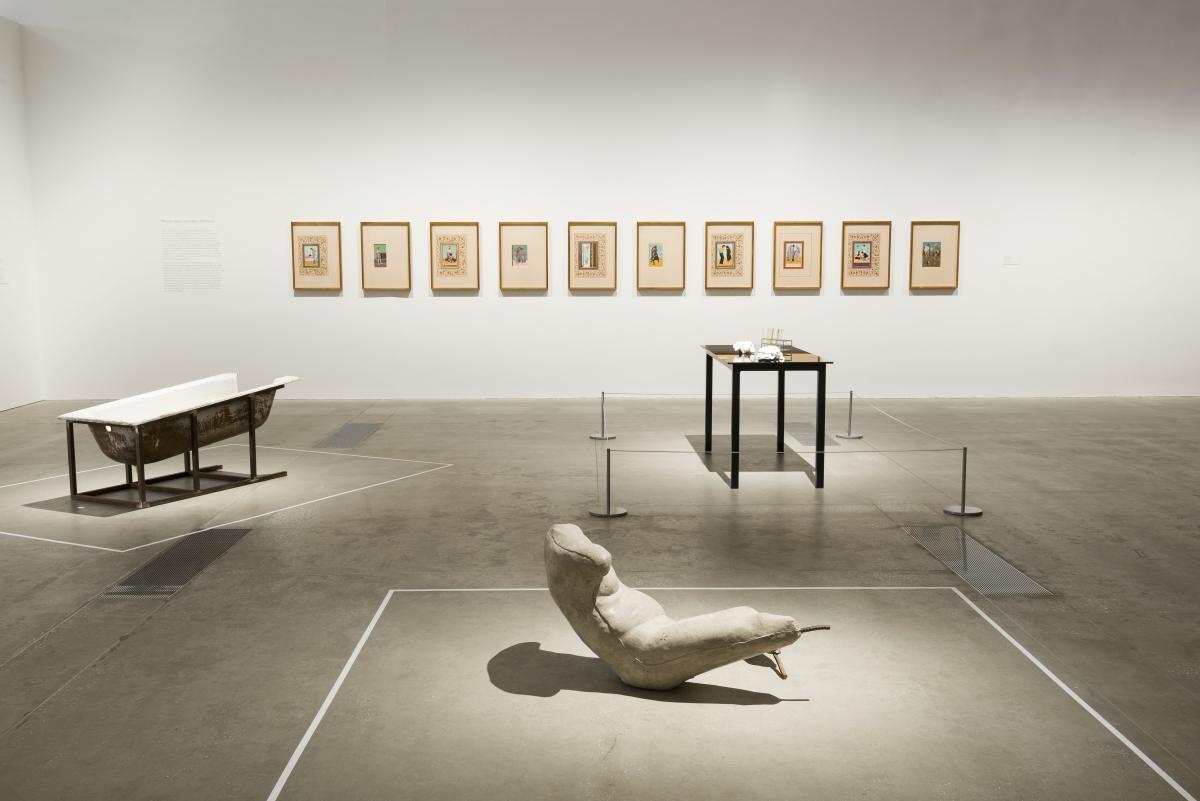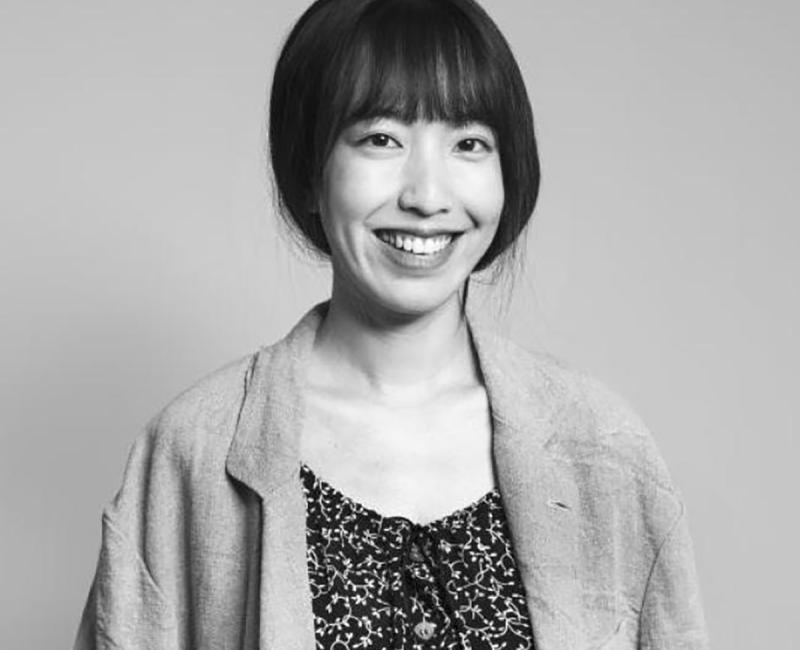Chinese migration during Victoria’s gold rush is part of the Australian story.
Perhaps not so well-known, is that more than 16,000 Chinese migrants landed in the South Australian seaport of Robe, after Victoria imposed a tax on arrivals in the late 1850s.
From there, they embarked on an almost 500 kilometre walk to Ballarat, setting up camps along the way and planting seeds they’d brought from China.
Some of those early vegetable plots are now home to a variety of so-called “super plants”. Once thought to be weeds, the plants in fact have extraordinary abilities. They clean the earth by sucking heavy metals like nickel and cobalt out of the ground, making them valuable as crops.
Researchers have identified more than 700 of these super plants worldwide.

Their emergence along the same corridors used by Chinese settlers in regional Australia served as inspiration for artist Hu Yun.
“Looking at those plants reminded me a lot of the early arrival of the Chinese diggers,” says Hu. “They are both invisible in a way. We don’t pay much attention to them, but their contributions are part of today’s Australia.”
Hu believes art can be used to offer fresh perspectives.
“You can really experiment with a different way of retelling history or reality… an alternative way of looking at things we already knew for a long time.”
The 36-year-old artist from Shanghai spent the last two years living in Melbourne, creating two eight-metre-long scrolls for the Asia Pacific Triennial of Contemporary Art.
His work is called ‘It’s not mine to give, nor yours to take’ and traces the experiences of early Chinese migrants through the lens of cutting-edge research into super plants.
The first scroll is a traditional watercolour painting while the second presents the plants as scientific images and was made in partnership with University of Queensland researcher, Dr Antony van der Ent.
Hu’s creation is one of 69 projects now on show at the Queensland Art Gallery | Gallery of Modern Art (QAGOMA) in Brisbane, as part of the tenth Triennial.

Reshaping art in the Asia-Pacific
The event itself began as a “big experiment”.
In 1993, the Queensland Art Gallery laid the groundwork for what would become the world’s only major exhibition series focusing on Asian and Pacific contemporary art.
“It came along at the right time for Brisbane and Queensland, in terms of its new, more outward-looking approach to culture,” says curator Reuben Keehan.
At the time, Australia’s relations with its Asian-Pacific neighbours were growing. The nation had just hosted the first APEC meeting to promote free trade in the region, and the art sector was keen to have a forum of its own.
The Asia Pacific Triennial has since drawn in more than three million visitors, and the countries involved have more than doubled.
Keehan says the event stands out because it reflects the diversity of the region. This year’s exhibition showcases artists from more than 30 countries including China, Cambodia, Iran, and the Marshall Islands.
“Many of them are looking back at previous generations or events that still impact and shape the world today,” Keehan says. “And they’re doing it with an eye to the future.”
The ‘broken’ human body
Hu Yun isn’t the only Chinese artist featured this year.
Also from Shanghai, Yu Ji is a renowned sculptor with a fascination for torsos.
“The bodies I make; they’re not perfect, they’re kind of broken, they’re always without a head or without hands and feet, so they’re without so many details, without personality,” she says.
One such torso sits alongside two of her other sculptural pieces at the Triennial – a rusty bathtub and a table covered with items such as test tubes.

“A lot of the materials that [Yu] works with are often scavenged from demolition sites and building sites, and I think that in itself is a bit of a reflection of the changing landscape of China,” says Keehan.
In the last few decades, cities such as Shanghai have seen many of its old alleyways and houses replaced with high-rise apartments and shopping malls.
But Yu herself is elusive about the meaning of her work. She says she’s hoping to “build a kind of intimate corner” for the viewer, inviting them into a third space between the public and the private.
The table, for instance, could be seen as both for eating and working. The torso leans to one side in a relaxed manner but is also tense from holding that position for a long time.
“I try to find an in-between, a gap between our real life and ‘fake life’,” Yu says.
An exhibition for everyone
Hu and Yu’s works may seem worlds apart, but Keehan says that’s the point of the Asia Pacific Triennial.
“It’s rich and vibrant and, above all, it’s diverse because there’s no single cultural identity we’re focusing on.”
Keehan says the exhibition is for everyone. And he hopes it can provide a break from the rush of social media.
“We are quite used to this 24-hour news cycle where things are developing so fast that it almost doesn’t seem like they’re developing at all,” he says.
“[Art is] a way of slowing down … it helps us to stop and think and feel.”
The 10th Asia Pacific Triennial ran from 4 December 2021 to 25 April 2022. It was proudly supported by the National Foundation for Australia-China Relations.


